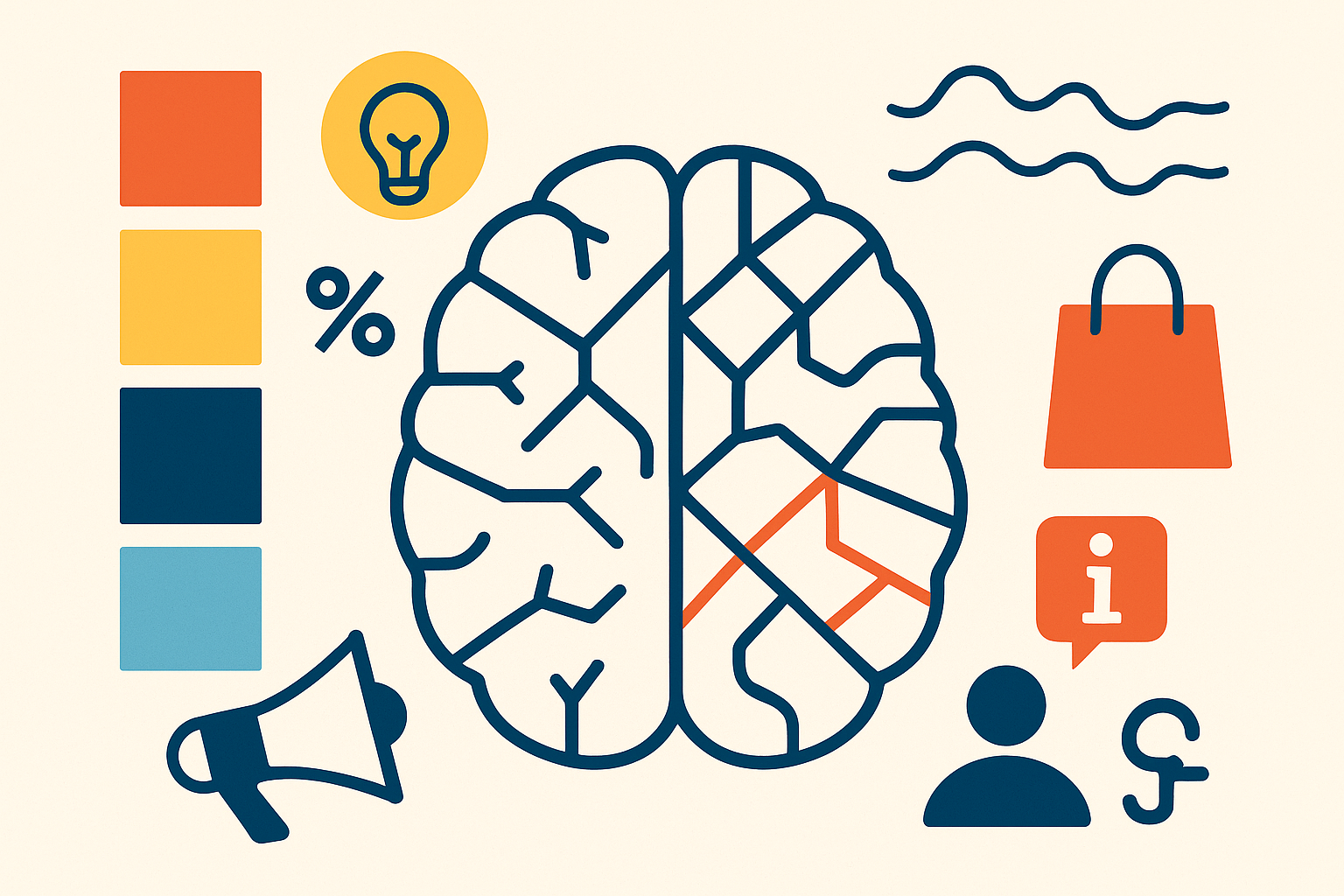What is the IKEA effect?
The IKEA effect is a cognitive bias in which consumers place a disproportionately high value on products they partially created. The name derives from the name of Swedish manufacturer and furniture retailer IKEA, which sells many furniture products that require assembly.
Because of the IKEA effect, we are often willing to spend more money for experiences that require us to put in more work. These experiences can be fun - play on emotion - but they often lead to overspending on the consumer's behalf. The IKEA effect can also give us a warped perception of the end result - if we worked hard on something, we feel proud of it and tend to become overconfident in it's quality.
How did the IKEA effect start?
Having customers do most of the work, feel great about it, and at the same time perceive they have attained ‘greater value for money’ is the Holy Grail for companies.
In 1950, General Mills wanted ideas on how to sell more of its Betty Crocker brand of instant cake mixes. He put psychologist Ernest Dichter on the case.
His advice: replace powdered eggs in the cake mix with the requirement to add fresh eggs. All-instant cake mix makes baking too easy; it undervalues the labour and skill of the cake maker.
.jpeg)
Why does the IKEA effect happen?
The IKEA effect is very similar to another cognitive bias called the endowment effect. This makes people value items more highly if they belong to them, sometimes even if they just feel a sense of ownership over them. Where the IKEA effect is different from the endowment effect is that it requires a person to contribute time and effort in the construction of something.
So, why does this happen? There are 3 main reasons:
- We have a psychological need to feel competent: Nobody likes feeling foolish or incompetent; self-assembly furniture is a fool-proof way of making everyone feel like they can accomplish a task - simple step-by-step instructions make it almost impossible to fail!
- We want to feel like our effort was worth it: Another driver of the IKEA effect is "effort justification". This means that when we do something difficult or taxing, we want to believe that there was a good reason for us to put in all that work. As a result, we tend to place more value or importance on the goal we were working towards.
- We like things that are associated with ourselves: In general, people have a bias towards themselves; we tend to be confident in our own abilities and have a tendency to think highly of ourselves. The IKEA effect might happen in part because of this; our positive self-concepts spill over into the things we have made, leading us to see them as superior or more valuable.
So, how can you use the IKEA effect?
Think of ways you can make sure of the IKEA effect with your brand:
1. Employ shoppers
Giving shoppers a little bit (not too much) work to do helps them take ownership of you brand and the final result.
2. Don’t be over-convenient
You could give the final solution straight out of the box, but shoppers will value it more if they have to do a token ‘something’, like building flat-pack furniture from IKEA.
3. Move over ready meals
The signs are there that the “ready-to-create” meal kit, consisting of pre-packaged raw ingredients you prepare and cook yourself are the future.
Summary
While many retailers focus their efforts on speedy deliveries and ready-made, convenient solutions, the IKEA effect suggests the secret to success may be to make things a little more challenging so that consumers achieve a sense of accomplishment.






